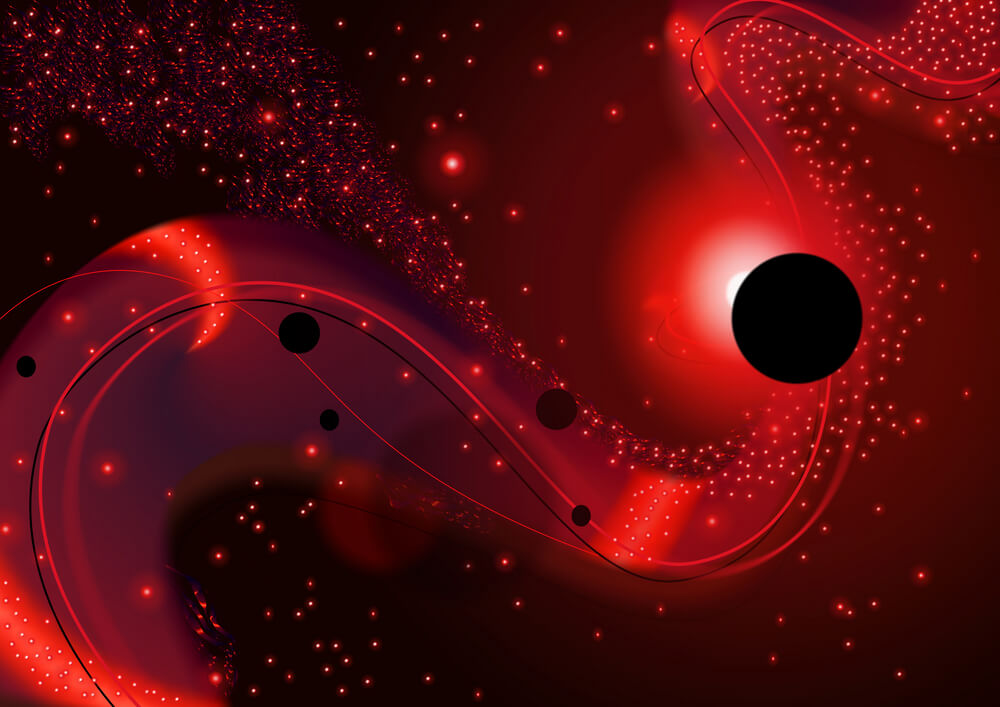The best fireworks display this summer may be at the center of the galaxy

There were astronomers who predicted this. Starting this summer, perhaps right now, a large cloud of gas and dust, which may also contain a star, will begin to spew sparks right in the middle of the Milky Way, where a supermassive black hole is located. The celestial fireworks that will be created should reveal a lot about that mysterious core at the center of the galaxy, a region that dust and distance hide from our eyes.
Scientists have long wondered why the black hole at the center of the Milky Way, unlike black holes at the centers of other galaxies, is so mysteriously quiet. It seems that the rate at which it devours material is much smaller than expected.
Unfortunately, the region of interest surrounding this black hole is simply too small for our telescopes to see in detail from such a great distance. (This is similar to painting the "Mona Lisa" on a peghead, sending the peg to the moon, and trying to notice her smile from Earth.) Because of the blurry image we get, it is difficult to understand why the black hole does not release bursts of energy while pumping gas into it with the gravitational force of four million suns. This observational frustration is why the cloud of gas approaching there is so exciting. "A meteor flying through the Earth's atmosphere burns up as a result of friction," says Eliot Quatart, an astrophysicist at the University of California, Berkeley. "We hope to see something similar: the reaction between the cloud and the rest of the gaseous material being sucked into the black hole at breakneck speed." The cloud will be used as a research spacecraft, and astronomers will spend years interpreting the huge cosmic flame that is its transmission.
The researchers also hope to find out where exactly the cloud is coming from. Some believe that two concentrations of gas may have collided near the center of the galaxy, thus losing the momentum that kept them in their orbit. Others believe that the cloud could be a young, dim solar system whose dust has not yet solidified into planets, and whose sun is obscured by the gas.

Whatever the origin of the cloud may be, its fate is determined: within a few years it will be sucked beyond the event horizon of the black hole, and its existence will be extinguished as if it never was. But the astronomers will investigate its prolonged separation, and are mobilizing for this purpose every telescope at their disposal. And maybe this cloud isn't so lucky, says Stefan Gilsen, a member of the team that first spotted it in 2011. "He's unlucky because he'll be destroyed," Gilsen points out, "but he's going to be famous."
More on the subject on the science website

4 תגובות
What is difficult for me to understand is how material can be compressed at such a level that it creates such a huge attraction?
And after that compressed matter has attracted this particular mass, for example this cloud of dust, will it form something with that cloud? Will it coalesce into the same black hole? What will happen to him?
The black hole to the cloud: I will make you seriously dizzy
Dear, dear, what's the difference? It's all up to the poor observer (in which case it's us that's why it's written in the future)
Didn't this actually already happen tens of thousands of years ago?